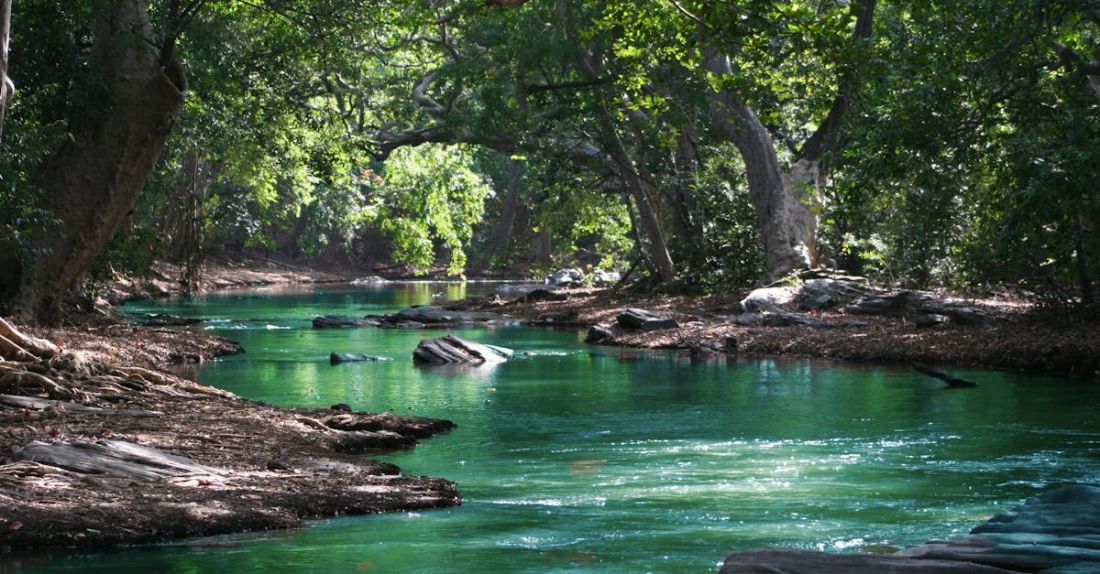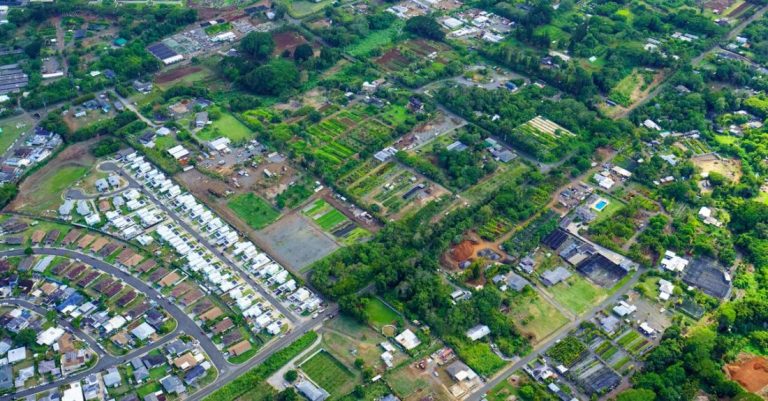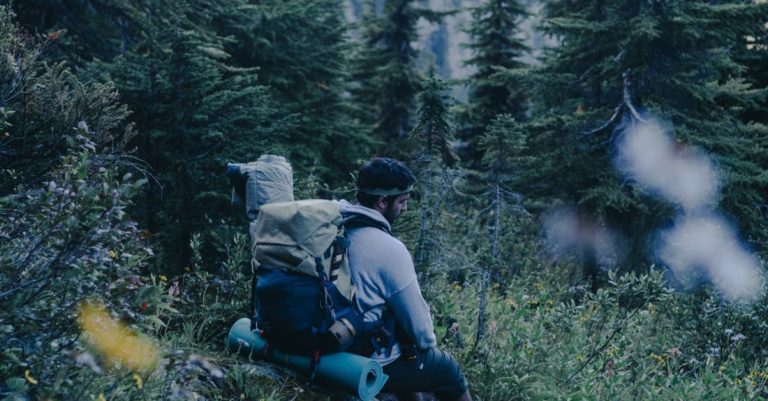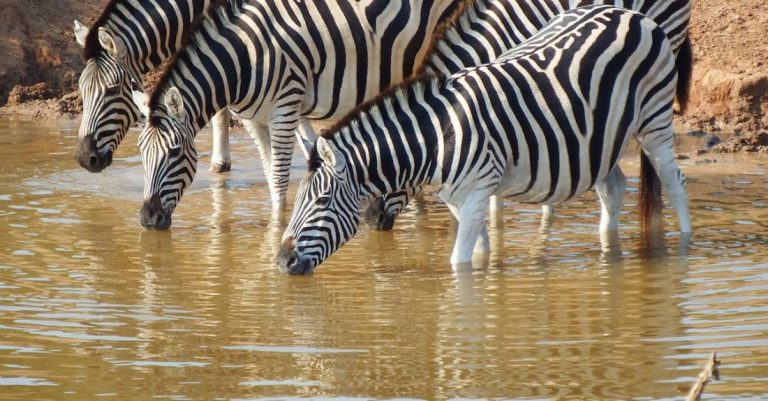
Exploring national parks is an exhilarating experience for nature lovers and outdoor enthusiasts. The opportunity to witness wildlife in their natural habitats is a major draw for visitors. However, interacting with wildlife can pose potential risks if proper precautions are not taken. To ensure a safe and enjoyable visit to national parks with wildlife, it is essential to be well-prepared and informed. Here are some important tips on how to stay safe in national parks with wildlife.
Respect Wildlife’s Space
When encountering wildlife in national parks, it is crucial to remember that you are a guest in their home. Maintaining a respectful distance is key to both your safety and the well-being of the animals. Approaching or feeding wildlife can disturb their natural behaviors and even provoke defensive reactions. Keep a safe distance and use binoculars or a zoom lens to observe animals up close without intruding on their space.
Stay on Designated Trails
National parks have designated trails for a reason – to ensure the safety of visitors and protect the natural habitats of wildlife. Venturing off-trail not only disrupts the ecosystem but also puts you at risk of encountering dangerous wildlife or getting lost. Follow marked trails and obey any signs or warnings indicating restricted areas. By staying on designated paths, you can minimize your impact on the environment and reduce the likelihood of unexpected encounters with wildlife.
Be Alert and Vigilant
When exploring national parks with wildlife, it is essential to remain alert and vigilant at all times. Keep an eye out for signs of animal activity, such as tracks, scat, or rustling bushes. Be especially cautious in areas known to be frequented by large predators like bears or mountain lions. Make noise while hiking to alert wildlife of your presence and avoid surprising them. By staying alert and observant, you can better anticipate and react to potential wildlife encounters.
Properly Store Food and Trash
Wild animals have a keen sense of smell and are attracted to food odors. Improperly storing food and trash can draw wildlife closer to campsites or picnic areas, increasing the risk of human-wildlife conflicts. Use bear-proof containers or hanging systems to store food securely and keep a clean campsite by disposing of trash in designated bins. By properly managing food and waste, you can help prevent wildlife from associating humans with a readily available food source.
Travel in Groups
When exploring national parks with wildlife, traveling in groups is a recommended safety practice. Group visibility and noise can help deter potential wildlife encounters and provide support in case of emergencies. Avoid hiking alone, especially in remote or high-risk areas, and make sure to inform others of your itinerary and expected return time. By traveling in groups, you can enhance safety and enjoy the experience of exploring nature together.
Respect Park Regulations
National parks have specific rules and regulations in place to protect visitors, wildlife, and the environment. Familiarize yourself with park guidelines regarding wildlife interactions, camping, hiking, and other activities. Obey all posted signs and warnings, and follow any instructions from park rangers or staff. By respecting park regulations, you can contribute to the preservation of these natural spaces and ensure a safe and enjoyable visit for yourself and others.
Conclusion: Embrace the Wild Safely
Exploring national parks with wildlife offers a unique opportunity to connect with nature and witness the beauty of the natural world. By following these essential tips on how to stay safe in national parks with wildlife, you can enhance your experience while minimizing potential risks. Remember to respect wildlife, stay on designated trails, remain alert, properly store food and trash, travel in groups, and respect park regulations. Embrace the wild safely and enjoy all that these magnificent natural areas have to offer.





